Neolithic Axe
Archaeologists working at Shankill found a Neolithic stone axehead that is over 5,000 years old and was made from a very specific type of stone called Langdale tuff.
From the stone type, we know that it came all the way from Cumbria in northwest England where it was quarried from mountain tops such as the Pike o’ Stickle.
The discovery of this axe is evidence of contact and exchange between people in Roscommon and England during the Neolithic.
 AMS
AMSVideo Documentary Series
Mini-documentaries on the N5 Ballaghaderreen to Scramoge Road Project. Each video lasts around 5 minutes and describes various stages of the excavations and fieldwork.
 AMS
AMSForestry Excavation
As part of the N5 Road Project in Co Roscommon, AMS were required to test 78ha of felled forestry. Once the trees were felled and removed, the stumps were extracted by a specialist stump harvester.
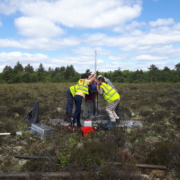 AMS
AMSPalaeobotany near Ballaghcullia
Palaeobotanists study the plants that grew in the past. Palaeobotanists from National University of Ireland Galway (NUIG) visited Roscommon last summer and took a core from a bog near Ballaghcullia.
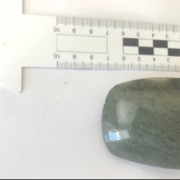 AMS
AMSNeolithic Axe
Archaeologists working at Shankill found a Neolithic stone axehead that is over 5,000 years old and was made from a very specific type of stone called Langdale tuff.
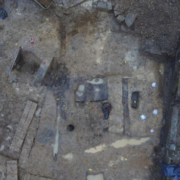
Metal Working at Shankill
At Shankill, a site reputably founded by St Patrick, archaeologists have uncovered traces of early medieval agriculture, burial and a forge.
 AMS
AMSFulachtaí Fia (Burnt Mounds)
Burnt mounds, or fullachtaí fia, are one of the commonest types of sites found by archaeologists working on projects in Ireland.
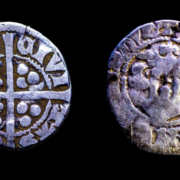 AMS
AMSMedieval Coin at Gortnacrannagh
Gortnacranagh is a medieval site. These coins date from the era of Edward I or II. This coin is a silver penny.
 AMS
AMSSouterrains
Souterrains are underground, stone-lined passages dating from the early medieval period. At Killeen East we found a number of souterrains inside a rath (ringfort).


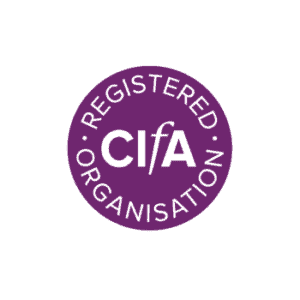

 AMS
AMS